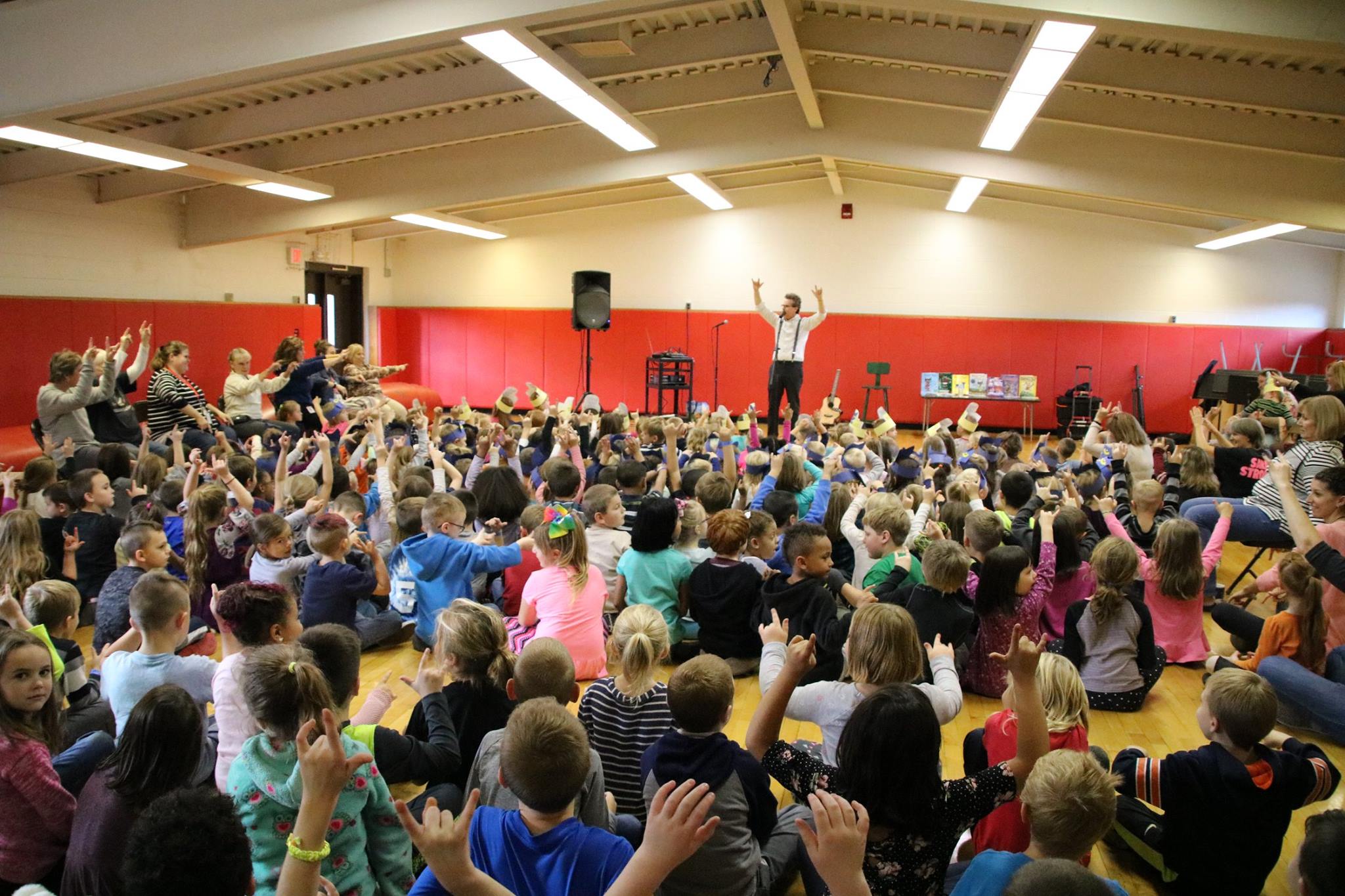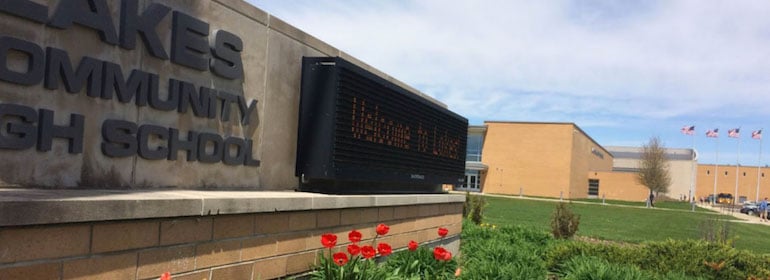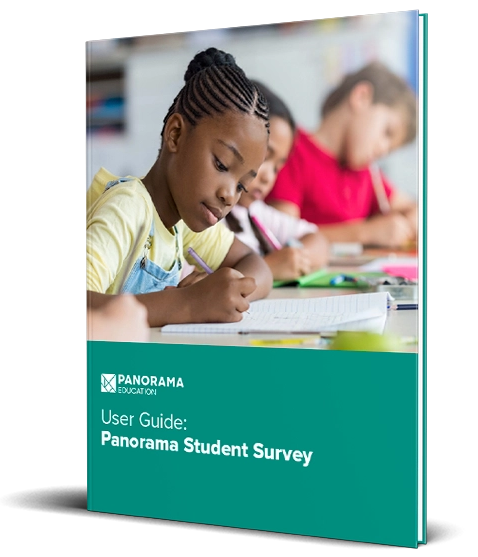This spring, New Bedford Public Schools in Massachusetts achieved an exciting benchmark: the district tripled its community survey response rate compared to last year. I worked with New Bedford Public Schools to structure and administer its survey program this year. Since many schools and districts I work with are interested in strategies that have proven successful in boosting participation rates among staff, students, and, especially, families, I want to share a few of the approaches that worked well in New Bedford.
“It’s encouraging. It’s a big leap from last year in a positive direction.”
—Jonathan Carvalho, Community Relations Manager
New Bedford Public Schools came into the 2014-2015 school year with an explicit goal of improving response rates from last year. In addition to gathering stakeholder feedback from students, staff, families and the broader community, New Bedford was committed to gathering as much feedback from as many people as possible.
New Bedford Public Schools employed four concrete strategies that worked quite well for the district and helped pave the way for the 3X increase in participation. Here are strategies I plan to share with all of my partner schools and districts next year:
- Set a clear participation goal. The district recognized that for feedback data to be widely used in the district, it needed to represent the voices of more members of the community, including students, staff, and families. By setting a clear goal to improve in this area from last year, we were able to focus on increasing response rates as a key indicator of success.
- Plan in advance. We worked closely with New Bedford to determine a timeline that fit into the academic year and calendar and that would garner the highest participation rates. Since increased family participation was a major goal, survey administration was planned around a community event that had the highest rate of family turnout district wide.
- Engage the community from the beginning. Districts tend to get the best survey response rates when they communicate to families why the district is asking for their feedback, how they can participate, and what the district plans to do with the results. New Bedford Public Schools was proactive on this front. The district engaged local media early on and announced the survey program on the district website, and a local news organization published “New Bedford school officials want community feedback” to kick off the spring family and community survey.
- Make participation easy. New Bedford and Panorama worked together to set up a combination of online and paper survey administration to make participation as easy as possible for busy families.
In a follow-up news article on the success of the survey program, the district’s community relations manager Jonathan Carvalho said, “It’s encouraging. It’s a big leap from last year in a positive direction.” What a fantastic signal to families in the community that their feedback is helping the school learn and use data to grow and improve.
Congratulations to my partners in New Bedford. You all worked hard this year to establish a robust set of feedback data from students, staff, families, and community members. I’m excited to work with you to use and share the feedback you collected across the district and to continue to grow next year.


.jpg)



